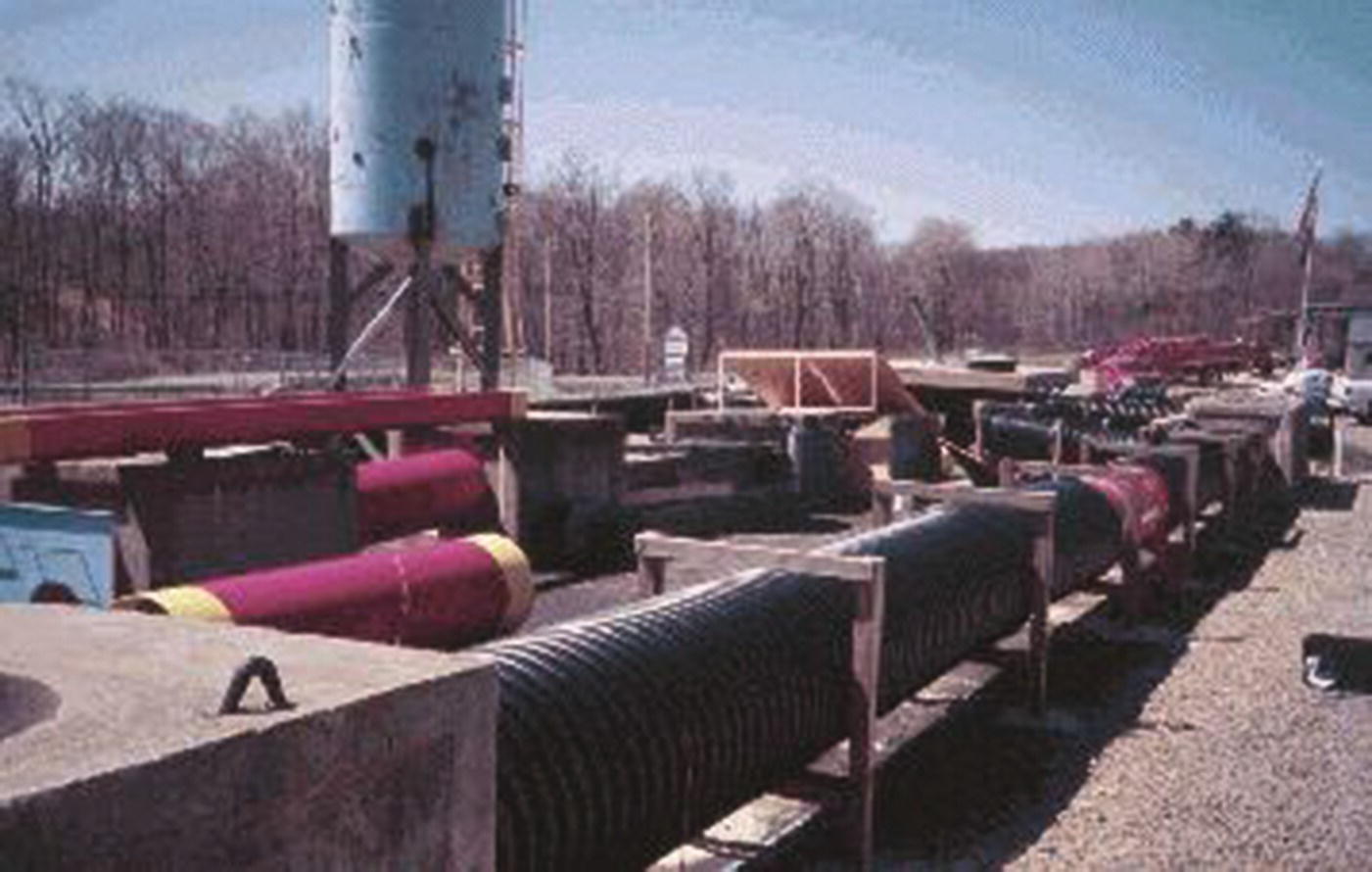Chapter 41 David C. Cone Confined space medicine (CSM) may be defined as the emerging body of knowledge concerned with the rescue and treatment of victims in collapsed structures or similar urban search and rescue (US&R) environments, with limited access and egress, and unfavorable environmental conditions. It has also been defined as “the unique body of knowledge concerned with the medical needs of the trapped individual” [1]. Confined spaces may be collapsed buildings, roadways, or other structures, or may be structures such as grain silos, utility tunnels, underground power vaults, caves, and other locations that are “confined” in terms of limited ingress, egress, and ventilation even when intact and used as intended. Confined space simulators have become common training settings for US&R teams and other rescue services, including fire departments, that may be called upon to provide this type of technical rescue (Figure 41.1). Live training exercises on demolished buildings provide an additional level of realism, but also involve additional hazards (Figure 41.2). Figure 41.1 Confined space simulator, Indiana County (PA) Public Safety Training Academy. Photo by D. Cone. Figure 41.2 Pennsylvania US&R Task Force 1 training at a demolished 13-story office building, Harrisburg, PA, July 1998. Photo by D. Cone. The goal of CSM is to provide sophisticated medicine in an austere environment, despite limited space, personnel, and equipment. Unlike the “conventional” trauma environment, where “scoop and run” is the general approach, prolonged interactions between victims and rescuers “in the rubble” are to be expected, and it is often necessary to bring EMS, emergency medicine, and critical care capabilities to the patient, rather than bring only EMS and then transport the patient to emergency medicine and critical care. The potential lack of adequate medical back-up, due to compromise of the local medical system in larger events, may place further demands on US&R medical personnel, who may have to continue caring for victims after rescue. Urban search and rescue medical personnel can decrease morbidity and mortality through prompt assessment and stabilization of the victim, and can expedite extrication. For example, providing adequate pain control can decrease the apparent urgency of the extrication as viewed by rescue personnel, and improve patient cooperation. A careful examination of the patient in the rubble might also, for example, allow for extrication without a backboard, simplifying the mechanical process of patient removal from the confined space. Specific components of CSM practice include the following [2]. The Occupational Safety & Health Administration (OSHA), US Department of Labor, defines confined spaces as follows.
Confined space and limited access situations
Confined space medicine


Rescuer safety
Stay updated, free articles. Join our Telegram channel

Full access? Get Clinical Tree




